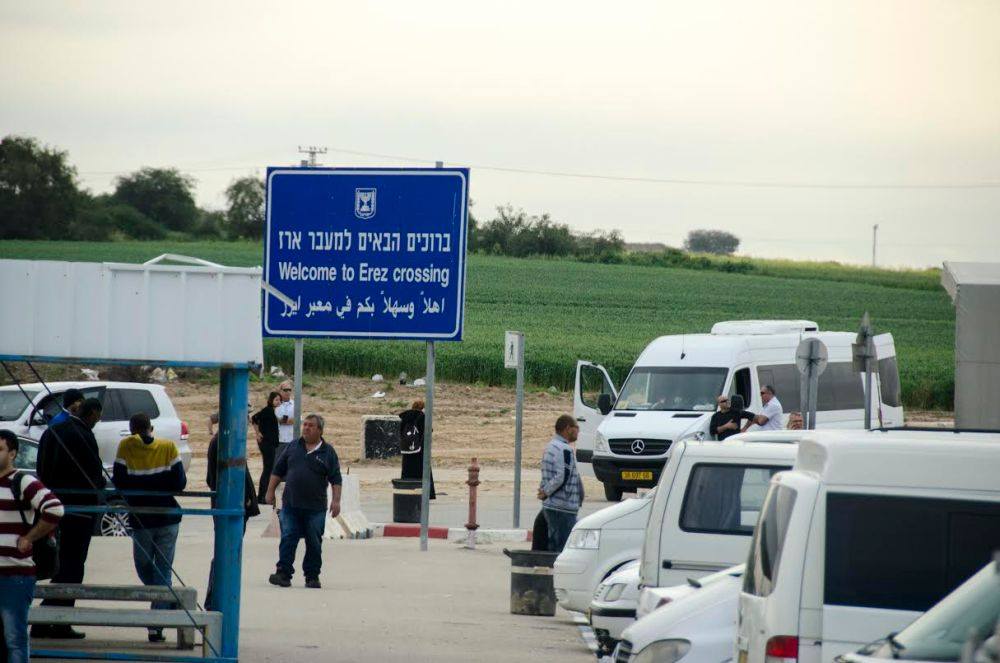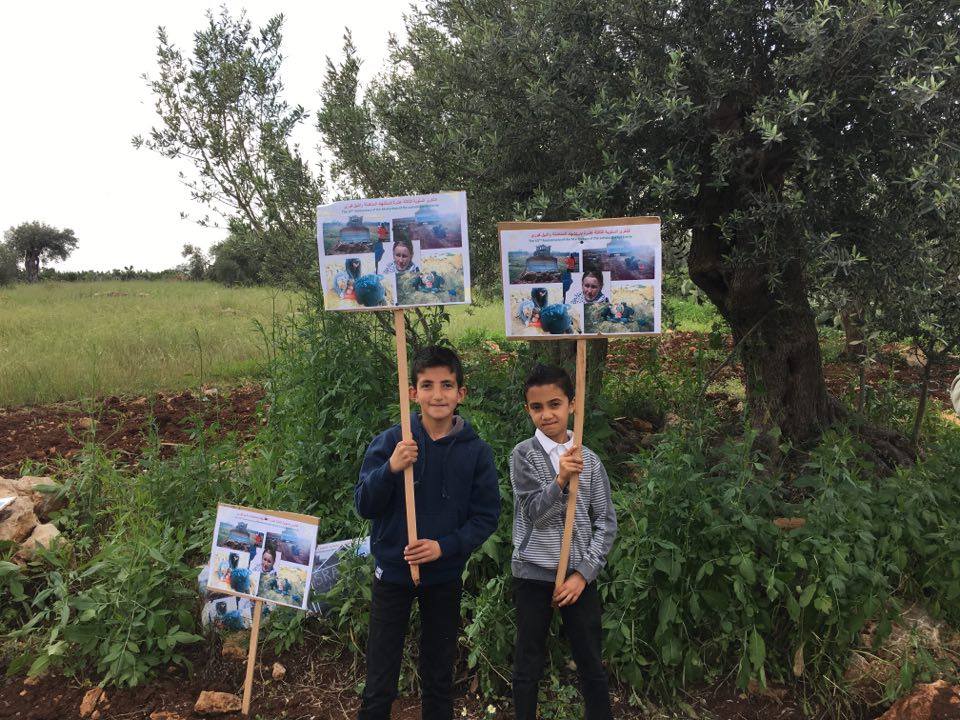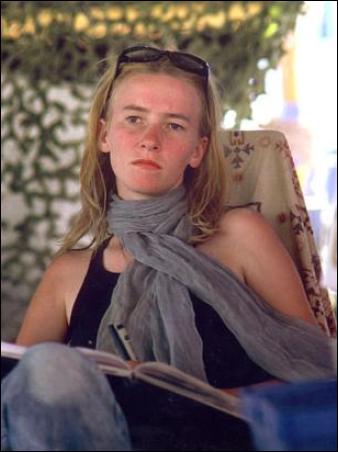Tag: Apartheid Wall
-
Apartheid restrictions against Palestinians
23rd March 2016 | International Solidarity Movement, al-Khalil team | Hebron, occupied West Bank The Israeli government has announced that as of Wednesday the 23rd of March, until Sunday the 27th of March, all roads leading into or out of the occupied Palestinian territories, be it either the West Bank or Gaza will be completely…
-
Targeting of children and civilians in Ni’lin
19th March 2016 | International Solidarity Movement, al-Khalil team | Ni’lin, occupied Palestine On 18th March 2016, Palestinian villagers of Ni’lin protested against the Israeli land-theft and illegal settlements and the continuous violence Israeli forces use to stifle the weekly non-violent protests. Villagers commemorated Rachel Corrie, an American activist killed by Israeli forces in Gaza,…
-
An email from Rachel Corrie to her parents
16th March 2016 | Rachel Corrie Foundation | Gaza, occupied Palestine February 27 2003 (To her mother) Love you. Really miss you. I have bad nightmares about tanks and bulldozers outside our house and you and me inside. Sometimes the adrenaline acts as an anesthetic for weeks and then in the evening or at night it…



